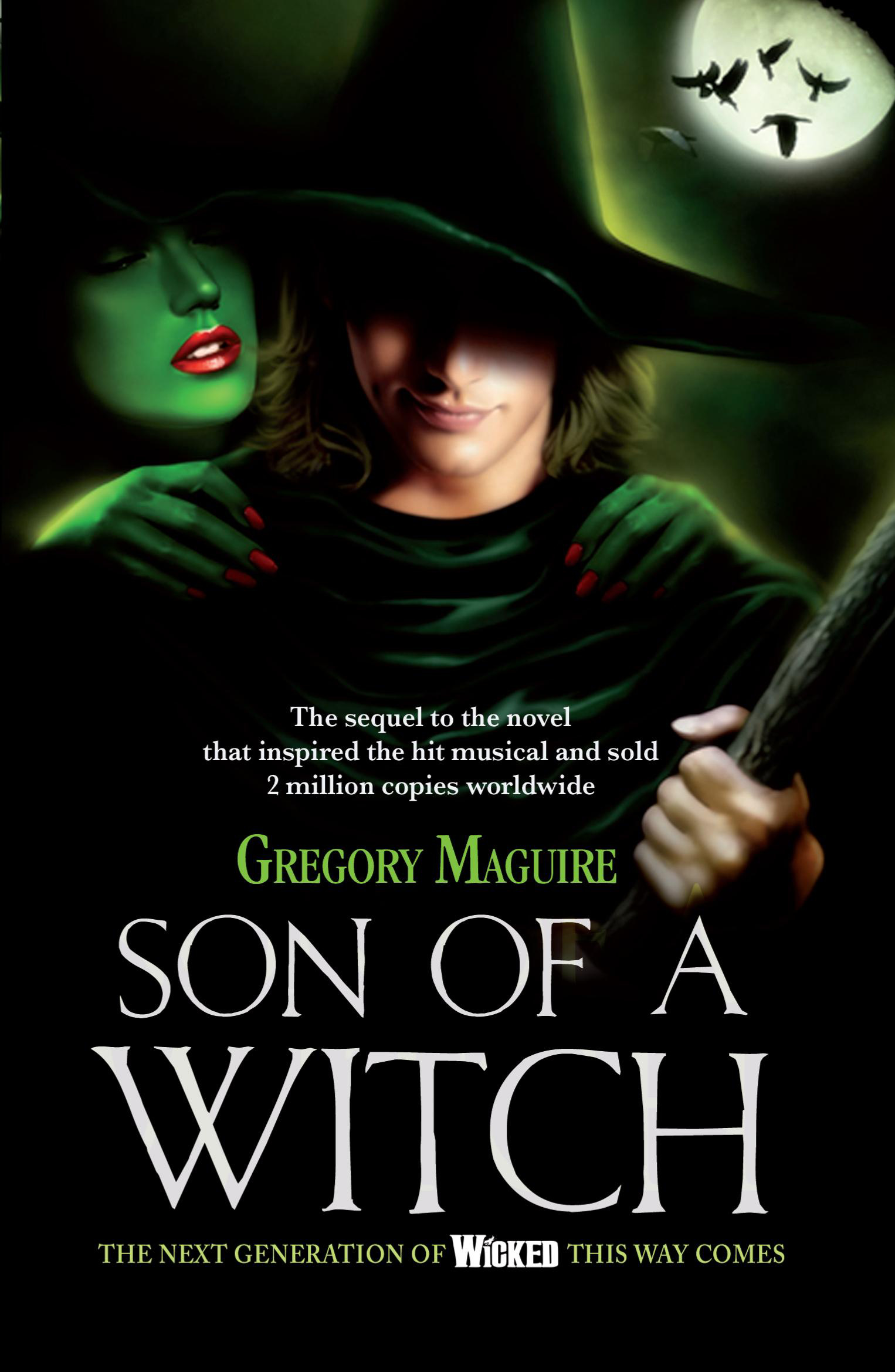In the intricate, enigmatic tapestry of storytelling, few narratives weave such a complex web of emotions, relationships, and moral quandaries as Gregory Maguire’s “Son of a Witch.” A sequel to the renowned “Wicked,” this novel dares to delve deeper into the lives of characters residing in the richly textured realm of Oz, further disassembling preconceived notions about heroism, villainy, and the often-ambiguous shades of morality.
As readers, we are invited to reconsider the very fabric of our understanding of these characters. What if the very essence of villainy is merely a perception, a twist of fate, or a reflection of societal judgments? “Son of a Witch” propels us into a world where the protagonist, Liir, grapples with his identity while navigating the repercussions of his mother’s infamous legacy—Elphaba, the Wicked Witch of the West.
Maguire artfully crafts a narrative that is not just a riveting continuation of Oz’s saga but also a profound exploration of familial ties, guilt, and redemption. The novel initiates its journey with Liir waking up amid tumultuous circumstances, thereby thrusting readers directly into a churning maelstrom of self-discovery and existential musings. Liir’s plight becomes emblematic of the struggle each individual faces: how to navigate a legacy marred by both notoriety and benevolence.
From the outset, we glimpse the haunting shadows of Elphaba’s actions. Her decisions resonate through the lives of those she left behind, and it is Liir who must now reforge his identity amidst these echoes. Maguire does not shy away from illustrating the complexities of familial expectations while deftly portraying the nuances embedded in the pursuit of personal authenticity. With every turn of the page, we witness Liir wrestle with his ancestry—an internal tug-of-war between the weighty burdens of blood and the yearning for self-definition.
The author deftly employs magical realism to heighten the narrative’s potency. Oz, with its audacious political landscape and mythical creatures, becomes more than a mere backdrop; it evolves into a character itself, lending credence to the tumult of emotions that dictate Liir’s journey. As Liir encounters a plethora of fantastical beings—from gnomes to winged monkeys—their interactions serve to illuminate profound truths hidden beneath the surface of whimsy and wonder. Each character embodies both the extraordinary and the ordinary, underscoring the novel’s commitment to exploring the human condition through a fantastical lens.
A pivotal aspect of “Son of a Witch” is Maguire’s exploration of ambivalence and ethical quandaries. Through Liir’s relationships, particularly with his beloved, we see the fragility of human emotions juxtaposed against the backdrop of grandiose destinies shaped by ancestral legacies. The reader is thrust into an intricate dance of love, betrayal, and the relentless search for belonging. Maguire challenges us to confront societal dichotomies: Are love and loyalty inherently virtuous, or do they morph into instruments of oppression?
Moreover, the novel tantalizingly teases out themes of societal ostracism and the quest for acceptance. As Liir traverses the diverse landscapes of Oz, each locale reflects the ideologies rooted within its inhabitants. The Gypsy caravan encampments, teeming with eccentricity, contrast sharply with the austere halls of power where political machinations reign supreme. Maguire’s portrayal of these disparate realms constructs a vivid tableau that urges readers to scrutinize the implications of their worldviews, challenging the rigidity of preconceived norms.
A noteworthy character in this exploration is the enigmatic Fiyero, whose presence continues to ripple through the narrative, much like the tantalizing currents of fate. His past choices haunt Liir yet also serve as a beacon of hope, propelling him toward a destiny that may yet reconcile the disparate threads of his lineage. In creating such multi-dimensional characters, Maguire compels us to reflect on the imprints that people leave on our lives, urging us to recognize that identity is often sculpted by those we love—and those who love us.
The structural intricacies of “Son of a Witch” deserve applause as well. Maguire’s prose dances between lyrical beauty and stark realism, inviting readers to linger over sentences that resonate on both intellectual and emotional levels. The rhythmic cadences and poetic flourishes serve to enhance the enchantment of Oz, imbuing the narrative with a palpable tension that keeps the reader vested in Liir’s odyssey. Each chapter unfolds like a carefully crafted spell, ensnaring the reader’s curiosity while simultaneously offering profound insights into the labyrinth of human experience.
Yet amid the complexities lies a thread of simplicity—a yearning for understanding and acceptance transcends even the most labyrinthine of narratives. “Son of a Witch” ultimately invites readers to embrace the intrinsic contradictions of existence. The novel promises a shift in perspective that piques curiosity, compelling us to view the known world through uncharted lenses.
In conclusion, Gregory Maguire’s “Son of a Witch” is an exhilarating, multifaceted odyssey that challenges us to question the coordinates of morality, authority, and connection. As Liir embarks on his journey, we too are beckoned to traverse the corridors of our own identities and the legacies we carry. In a world where the line between good and evil is invariably blurred, this tale emerges not merely as a sequel but as a poignant meditation on the essence of humanity itself. Prepare to be enchanted, provoked, and ultimately transformed by this remarkable literary offering.
